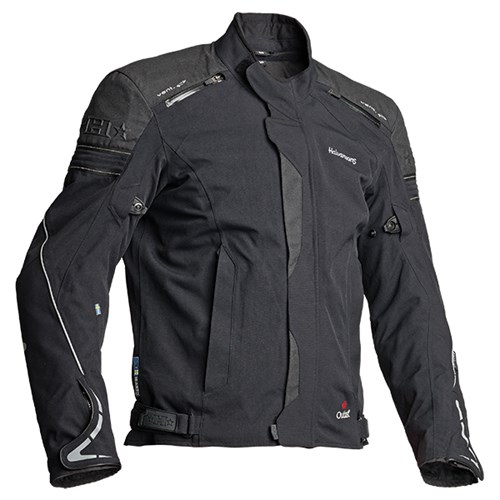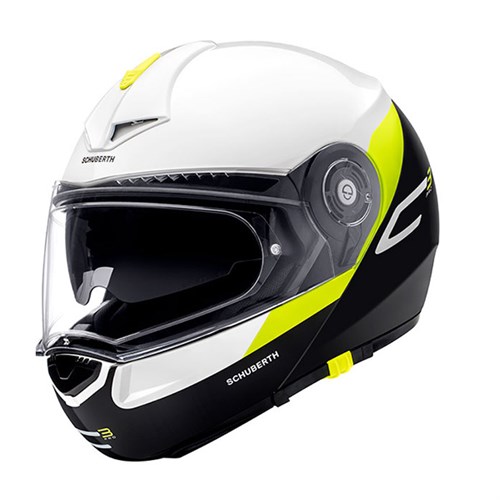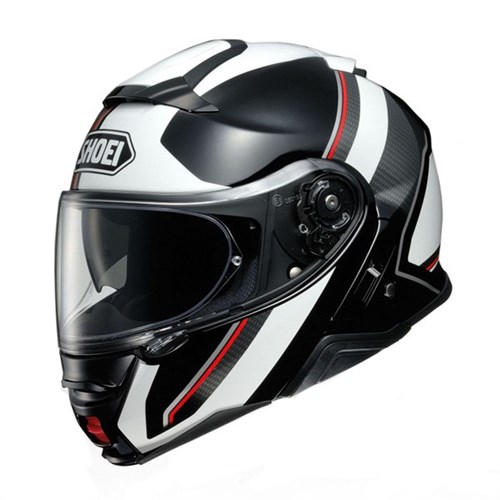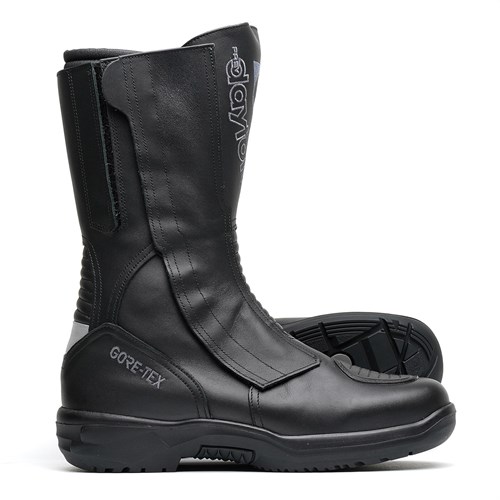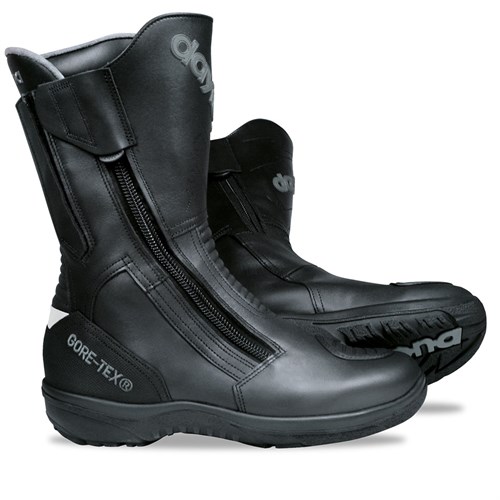Commuting to work on a motorcycle
Published on: 21 October 2018

Britain’s roads are not getting any less crowded, and it seems to us that commuting by train is becoming ever more expensive and ever more problematic. If these two trends continue, and we cannot see on what basis they will not, the argument for commuting to work on a motorbike becomes increasingly persuasive.
Commuting takes form in all shapes and sizes, but it seems to us that the longer the distance involved, and the more complex the journey, the greater become the advantages of riding to work on two wheels.
Based in Guildford, about 10 miles outside the M25, we have a lot of customers who commute daily into London’s West End or the City, but there are thousands of customers with similar commutes from all around the M25.
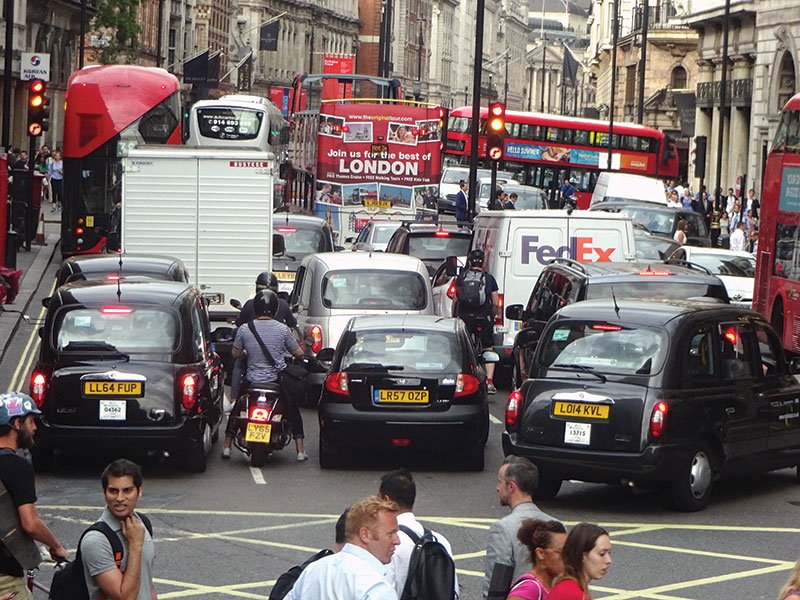
Crawley, Tunbridge Wells, Maidstone, Rochester, Basildon, Chelmsford, Marlow, St Albans, High Wycombe, Maidenhead, Reading, Farnborough. They all make for a significant, but very manageable, commute into the capital. But, of course, every large city in the UK is the same, in that there is a distance from the workplace that makes commuting on a bike a possibility that is at least worthy of consideration.
For most of those who work in London, but live outside the M25, the only alter-natives to a bike are the car or the train.
In the past, the car has often been the preferred option. It offers at least the illusion of independence. You can leave home when you want, and come home when you want. You don’t have to take a detour to get to the most practicable railway station. You’ll stay warm and dry throughout the winter. And in the height of summer you’ll stay totally relaxed courtesy of air conditioning. As you sit in the morning traffic, you can listen to John Humphrys updating you on the state of the world. Or you can listen to music; perhaps even a talking book. All other things being equal, who wouldn’t rather drive to work in the car?
But all other things are not equal, and the cost penalty of driving into work, both in terms of time and money, is becoming ever more punitive.
With diesel at around £1.30 a litre, and the likelihood of ‘urban’ level fuel consumption, the cost of fuel alone is going to come in at around 25p a mile. You may well end up having to tie up cash on a second car. And that’s before you take into account the other running costs, and depreciation in the value of the vehicle itself.
If you’re lucky enough to have a parking space at work, you’ll have an advantage, but I have to take the car into London at least once a week, and the cost to park is verging on £50 a day. Drive into, or even through, the centre of London, and you’re in for another £11.00 a day for the Congestion Charge.
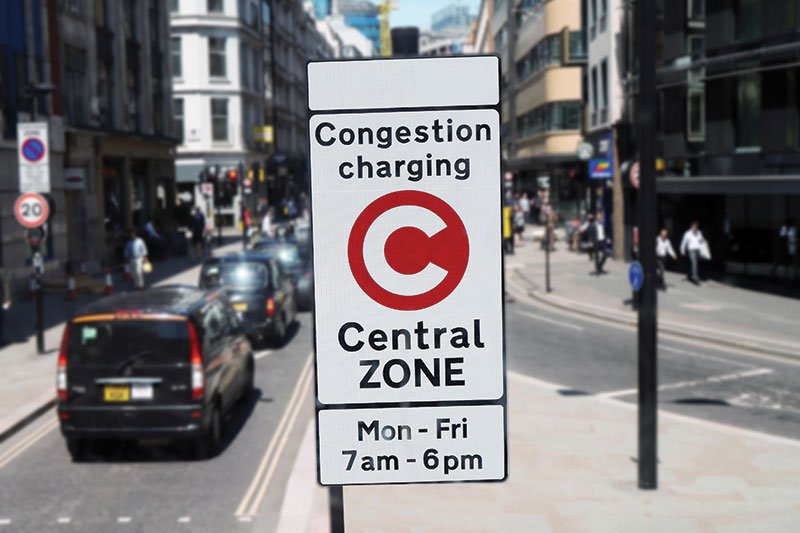
London, of course, is not your typical city, but you can be fairly confident that other cities will follow London’s example, as a way of discouraging motorists from driving into their centres. And whilst parking in London is ludicrously expensive, other cities are catching up fast.
But whilst the cost of driving a car into a large city for work has become prohibitive for many people, it is often the time factor that weighs even more heavily in favour of leaving the car at home.
If I have to take the car into the West End from Guildford, I can complete the journey in just over an hour, if I’m on the road by 6.00am. But that usually means that I’m in town some two hours before I can meet up with anybody! If I leave at 7.00am, the journey can take nearly twice as long. I’ll still be ready for meetings around 9.00am, but I’ll have spent two hours in heavy traffic. And that can’t be good for anybody’s blood pressure. The same applies to the return journey home. I’d have to wait until around 7.00pm to significantly reduce the journey time.

All of which means that taking the car to work is becoming a less feasible option. Financially it is something of a black hole that might be justified if there were a significant convenience factor or a time benefit, but for most of us there simply isn’t.
The train, of course, has been a staple of commuters for even longer than the car has been, but few would disagree that, as the cost of rail fares increases, the quality of the service offered by the railway operators has gone in the opposite direction.
If I were to commute from Guildford into London daily, an annual, season ticket would cost at least £5,000, although that would include an underground pass.
But if I take a train that leaves Guildford any time after 7.00am, it’s a bit of a scrum, and finding a seat for the 40 minute journey is far from guaranteed. And to me this is unacceptable, so I tend to travel from one of the stations prior to Guildford. A 6.30am train then pretty much guarantees me a seat. The problem, of course, is that I have to drive ten minutes in the wrong direction to get to the station I want to use. It also means that I arrive at Waterloo somewhat before 7.30am, again leaving me with time on my hands.
The other cost, of course, is parking at the station, which adds at least another £10 a day.
Personally, whatever the overall financial consideration, if I was facing the prospect of travelling into London every day, I don’t think I could face either option; the car or the train. For occasional visits, both are acceptable, but on a daily basis both are riven with unacceptable inconvenience.
Which would, I feel, very much point me towards the option of commuting by bike.
The journey time is clearly an important consideration; perhaps the most important consideration. Over the summer I often take the bike into London to visit our West End shop. The saving of time over the car, if I leave the house at 6.00am, is not huge. About an hour door to door. But if I need to be in town for 9.00am, I can still comfortably leave home at 7.40am. Yes, the traffic is somewhat heavier, but that doesn’t slow down a bike anywhere near as much as it does a car.
Against both the car and the train, I’d be saving around two and a half to three hours a day. And that’s not an insignificant amount of time. 15 hours per week. That’s 720 hours across a year. 30 whole days. A month of time gained by taking the bike. That’s got to be worthy of consideration, even if all it means is more sleep!
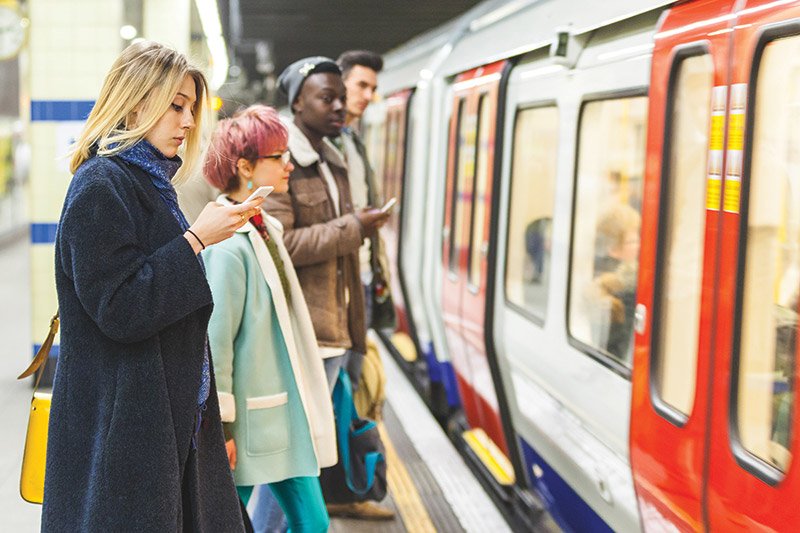
In terms of cost, it’s clearly going to be cheaper to commute by bike rather than by car. The capital investment in a bike, depreciation, fuel, insurance. All are going to be less expensive.
Obviously, although it’s only a London thing, there will soon be a congestion charge for older bikes, but it won’t be applicable to bikes that are less than 10 years old. And parking is still relatively inexpensive for motorbikes, even in the heart of town.
It’s an aside, but I’m amazed at just how few commuters know about free motorcycle parking in many town-centre NCP car parks. You would need to check out each car park individually, but both the NCP car park off Trafalgar Square and the one in Cavendish Square near Oxford Circus, for example, are totally free for bikes. Yet often I see the nearby, above-ground Westminster Council parking spaces jam packed with bikes when the safer, dryer area underground is virtually empty. It’s worth checking out!
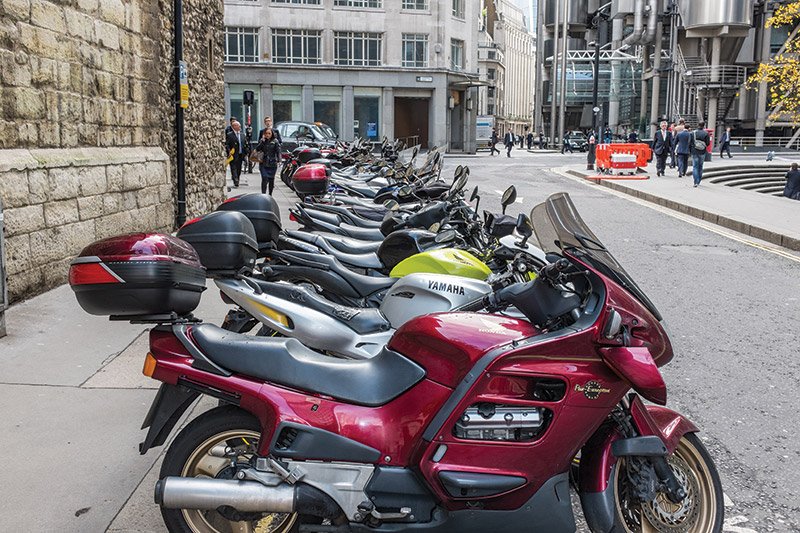
But, of course, when looking at commuting, not all the factors weigh in favour of the bike. It’s never quite that simple.
Frankly, it has to be admitted that the physical challenges of commuting on a bike are greater. Riding the bike for two hours a day is tiring. And motorbikes are simply more dangerous than cars and trains. Riding the same journey, every day in all conditions demands the very highest levels of consciousness, and a particularly low tolerance of risk, not to mention an even temperament. There are lots of idiots on the road, and in any contretemps a bike is always going to come off worse.
Nor can one ignore the fact that on a bike you’re going to be far more exposed to the elements: the cold, the heat, the rain and so on.
For us, this means one thing: equipping yourself with the very best gear you can afford. Even sometimes with gear you think you can’t afford! You need to be prepared for the worst. You’re going to be spending a huge amount of time on the bike, and it would be pretty short sighted to compromise when your neck is on the line, so to speak. The way we see it, you will save a lot of money if you travel to work on the bike. You simply need to be prepared to put some of that saving into your riding gear. If money is tight, put it all on interest-free finance over a couple of years. This is not one of those situations when penny pinching makes sense.
For a 10/15 minute commute, you can perhaps get away with pretty basic of equipment. But if you’re going to be in the saddle for a couple of hours a day, then no. You need the right gear.
Safety is obviously a key issue. You want the highest levels of protection, but there’s a lot of evidence to suggest that staying safe on a motorbike is inextricably linked to being comfortable in the saddle. If you’re cold and wet, you’re not going to be concentrating on the road and traffic around you. Ditto if you’re too hot.
For any commute over 45 minutes each way, we would be thinking that you’ve got to go laminate. But not so much to keep you dry; more because of the speed with which laminate garments dry out. So if it pours with rain on the way into work, you won’t have to put on damp clothing for the journey home. If, by contrast, your total, two-way journey time is less than an hour, then a drop-liner outfit will work just fine.
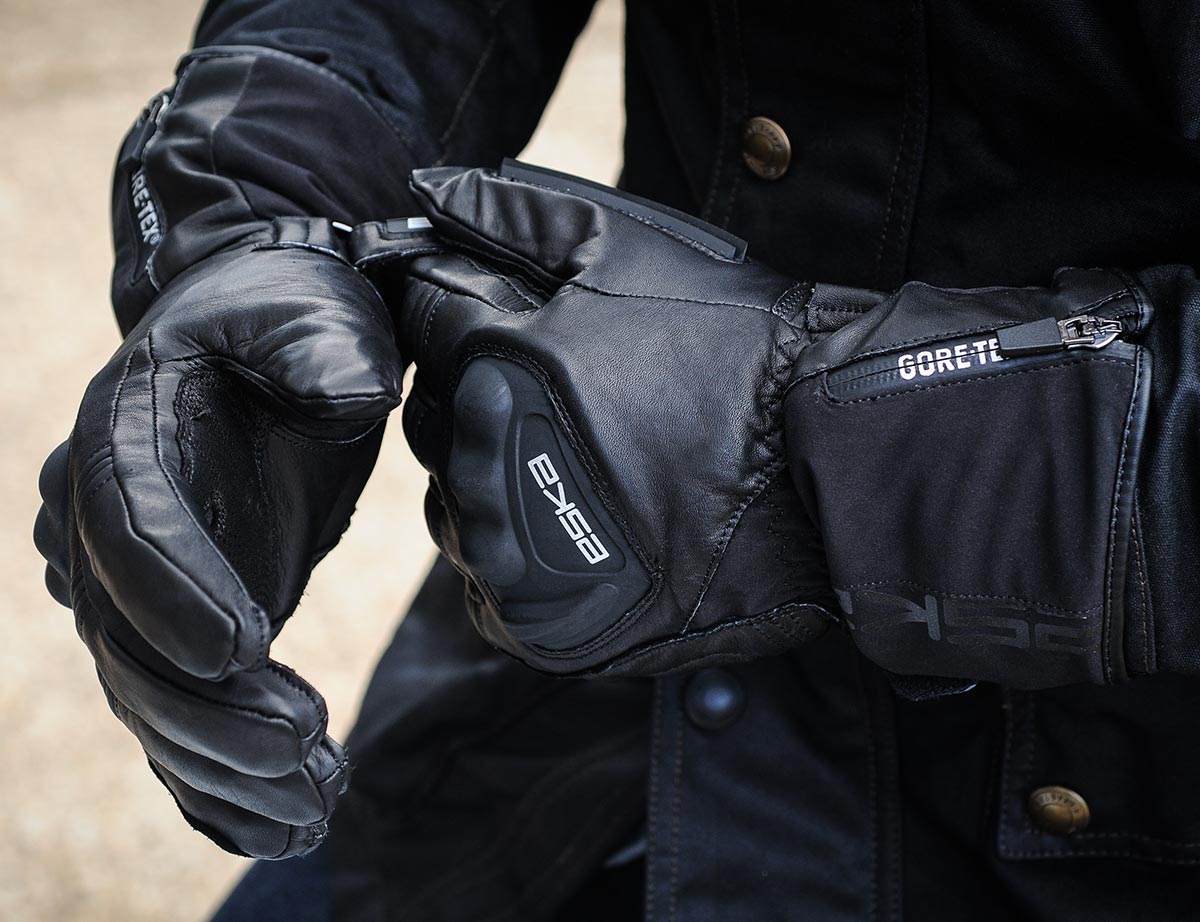
As far as boots are concerned, we think it’s easy: Daytona. They’re totally waterproof. They’re comfortable beyond belief, and as strong and safe as any road boot you’ll ever come across. Have you ever seen a Police rider wearing anything else? But importantly, when you wear them out, which you will do if you’re wearing them every day, Daytona will repair them. And no other manufacturer out there will. For proper commuting, we wouldn’t recommend a short boot. Comfortable they might be, but if things do go wrong you want to be prepared for the worst.
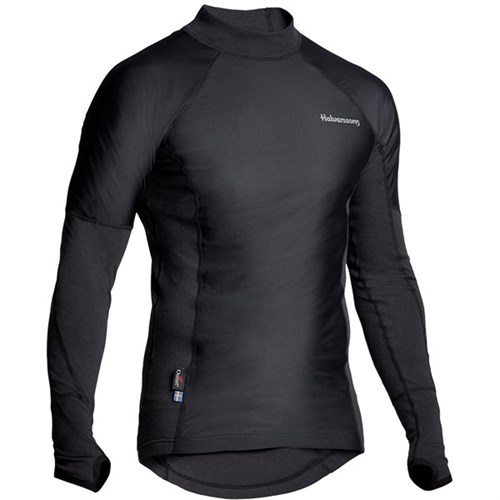
But the bottom line here is that you’ve got to do what you got to do. And if you’ve really no choice, then so be it. It’s not the ideal solution, but you’ll still stay warm and dry in most situations, so it’s not the end of the world.
Now as a clothing retailer, you would imagine that we want to sell our customers more bike clothing, and preferably expensive clothing. And whilst it would be disingenuous of us to suggest otherwise, our customers will know that our thing is to match clothing to a rider’s needs. We will never try and upsell gear that’s not appropriate. In fact, often, we try, and sometimes fail, to persuade people to down-spec their initial choice. But that’s rarely going to be our approach for a heavy-duty commuter.
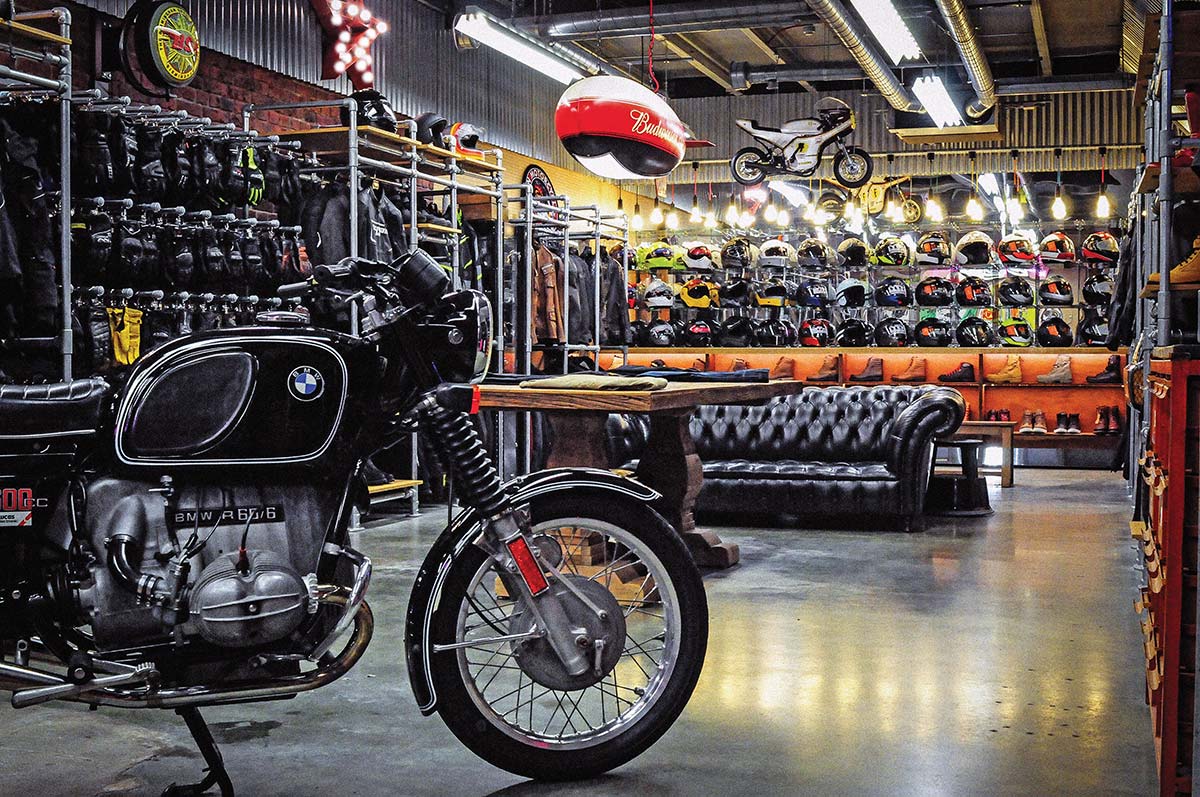
There’s nothing that gets close to daily commuting for destroying motorcycle gear. Buy cheap, and you can expect it to fall apart in quite short order. And even the best, most expensive clothing may fail to last as long as its warranty suggests it should do. Warranties are about faulty manufacture, and if you ride 20,000 miles a year in all conditions, the chances are that any failures in your equipment will be put down to wear and tear rather than a garment’s original construction.
Better gear will keep you safer, dryer, warmer and more comfortable. But if you wear out a membrane, or rub through the outer material of a jacket, no manufacturer is going to view it as a warranty issue. What we would say, however, is that you would still expect a Rukka or Stadler jacket to last much longer than something from, say, an Italian brand or one of the budget makers, but a five year warranty doesn’t necessarily guarantee five years of trouble-free riding. That’s not quite how it works. That having been said, we have many customers who have been commuting in their Rukka or Halvarssons gear for 10 years or more.
One of the secrets of longevity when it comes to biking gear is to look after it well. Wash it in the right, non-detergent cleaning products every three months. And re-proof it regularly. It will work better, and it will last longer. But importantly, if you present something for a warranty claim, a manufacturer will look far more kindly upon the issue if the product doesn’t look as though it’s been to hell and back. If a product looks knackered and worn out, the chances are higher that the failure will be put down to wear and tear.

Which brings us to a final point. You really can’t undertake a proper, daily commute into work in jeans, trainer-style biking boots, a wax cotton or retro leather jacket and so on. That’s not what this gear is designed for. It may be great quality, it might be very expensive, but if you wear ‘weekend’ riding gear for a daily commute it will not be up to the job. It’s very much a case of horses for courses.
In conclusion, we see more and more people, especially where we are based, deciding to ride into work. And we can understand why. If you’re prepared for the physical demands that riding a bike will put on you, there are all kinds of practical and financial advantages that make it a logical solution to the problem of getting into work. But you wouldn’t contemplate climbing Everest without making sure you had all the best gear at your disposal; the same applies to the daily commute. If you’re going to to spend hundreds of hours a year in the saddle, in all weathers; if you want to stay safe, and if you don’t want the experience to be too much of a chore, you’re going to have to invest in some proper gear.
Obviously, as you’d expect us to say, we reckon we have some have some of the very best here at Motolegends.



















































